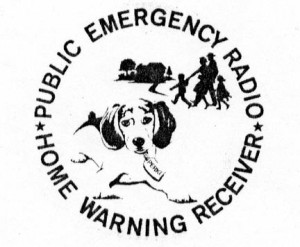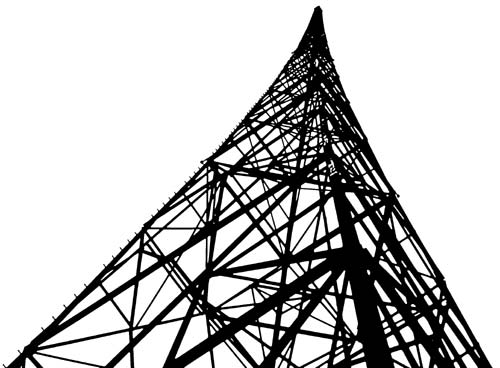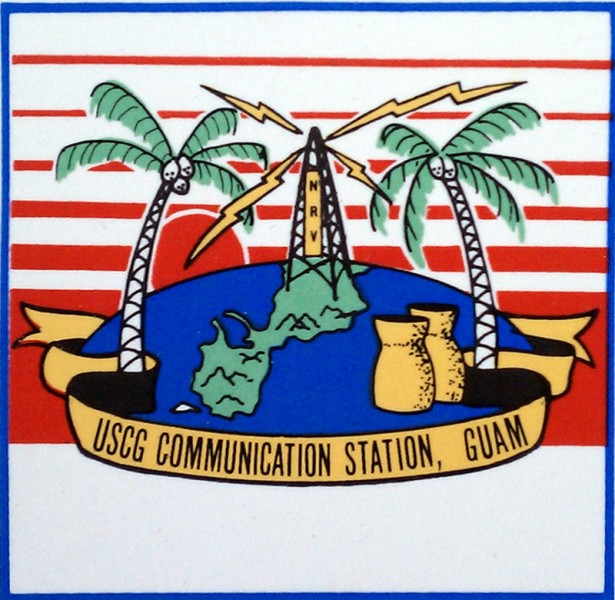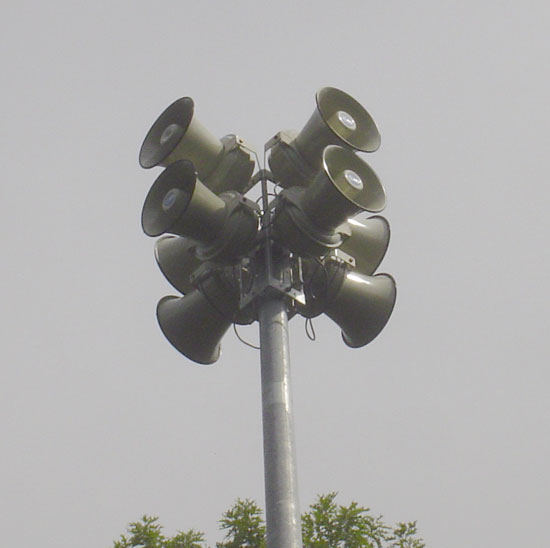Back in the cold war days, the federal government took emergency warnings quite seriously. So much so that they spent about $2 million in 1972 to build a LF (low frequency) radio station WGU-20, in Maryland designed to integrate into the public warning system. This was known as the “Last radio station” because it was designed to operate after nuclear armageddon. Using the first all-solid-state AM transmitter designed by Westinghouse, the station transmitted on 179 kHz (power 50 KW) with a loop that stated:
“Good evening. This is WGU-20, a defense civil-preparedness agency station, serving the east-central states with emergency information. Eastern Standard Time seventeen hours, twenty minutes, twenty seconds.”
The greeting would change to “Good Morning…” or “Good afternoon…” as appropriate.
One small problem arose from this system, no one had long-wave receivers. The government attempted to persuade manufacturers to market, and the public to purchase radios that would only receive periodic tests or that they were likely going to die in the next 15 minutes. It was a tough sell from the start.
Military planners decided that they might integrate the DIDS (Decision Information Distribution System) information gained from surface-to-air radar that would give the approximate impact areas of incoming ballistic missiles. The idea was, the public would then know which areas to “avoid.” It may have appealed to the military mind, but most others didn’t quite see the value in it, especially since reaction times would have been 10 minutes or less.
Plans were to build several of these radio stations throughout the US operating on Low Frequency, which would have replaced the EBS over-the-air daisy chain system that remains in effect today with the current EAS. Unfortunately, the public never bought into the concept, and around 1990 or so, WGU-20 was turned off for good. The nearest thing was to have to it today is NOAA weather (or all hazards) radio.
EBS and EAS have never had to work in a time of emergency and if the circumstances are dire enough for someone to attempt to activate EAS, it is very likely the system would fail.







I worked on an earlier system to WGU-20, also running on 179 KHz, with a 5 KW transmitter in northern Maryland.
I’m trying to find where that was. It was close to the Gettysburg historical site, so they had to move,
as the 600′ hot stick antenna was visible from the battlefields.
The call sign was AAC55, using a CCA AM broadcast transmitter with massive ferrite slugs loading down
the tank circuits. It was at a location called Ft. Ritchie Site B. I’m pretty sure this was NOT at
the Ft. Ritchie main base site. I was at the site a couple times in the summer of 1979. I worked at
Gautney and Jones Communications, who built the system and ran it for the Office of Civil Defense.
I’ve found some scanned documents related to earlier parts of the program, and some links to summaries that might
have more details, but so far haven’t found the full documents online.
Hey, anybody know if there is some archive of old broadcast licenses? Not sure if this would be
under FCC or military licensing, with the AAC55 call sign.
Thanks,
Jon
Jon, thanks for the input. It is always interesting to hear from people who actually worked on this stuff. Incidentally, we have a Gautney Jones phasor at WROW-AM in Albany NY. Was installed around 1976 or so and is still chugging away 38 years later.
Very interesting. I didn’t know they actually made equipment for radio stations. We did a comparison study for a police department, GE vs. Motorola. They had a car with a 50′ (maybe more) antenna mast and did field strength surveys.
And, they had this series of contracts for the successor to the Emergency Broadcast System that apparently
became the DIDS (Decision Information Distribution System). That was A few years later, they put up a 50KW station
in eastern Maryland that just broadcast the time every 10 seconds. That was WGU-20.
I fixed some stuff on the car with the antenna mast, did some other fooling around, and my main project that summer
was building a pair of telepone boxes that could be attached to the leased lines to the AAC55 transmitter site.
You’d push a button on one of them, and the other one, about 25 miles away, would set off a buzzer and light.
When both handsets were picked up, you could talk over the leased lines. No cell phones back in 1969, and they didn’t
have a dial phone line at the transmitter location. I also helped out on the police radio comparison. mostly as a gofer.
It was a VERY good summer job, I learned a HELL of a lot!
Gautney and Jones Communications is now Cart T. Jones Corp. I don’t know what happend to Gautney.
Jon
Just to follow up :
I now know where Site B was. It is about 3 miles north of Sharpsburg, at 18300 Keedysville Rd., and is now a University of Maryland agricultural research station. Apparently the major original buildings from the Ft. Ritchie Site B facility are still standing, and in use by the University.
1969 was too early for the Sprint missile, so I’m not sure what that other site was. I’m still poking around to see if there is any more info.
Ft. Ritchie Site B was apparently an Army receiving post for worldwide communications.
Site A was in Pennsylvania, and was the associated transmitting site.
Thanks to Tim Polohat for this information!
Jon
One last tidbit, the dish antenna in the fenced area was almost certainly pointed at “Corkscrew”, about 6 miles southeast.